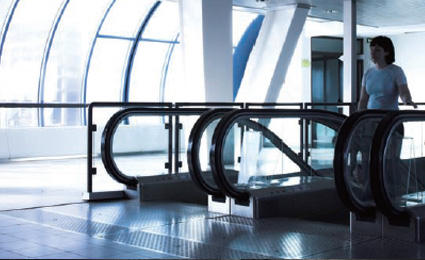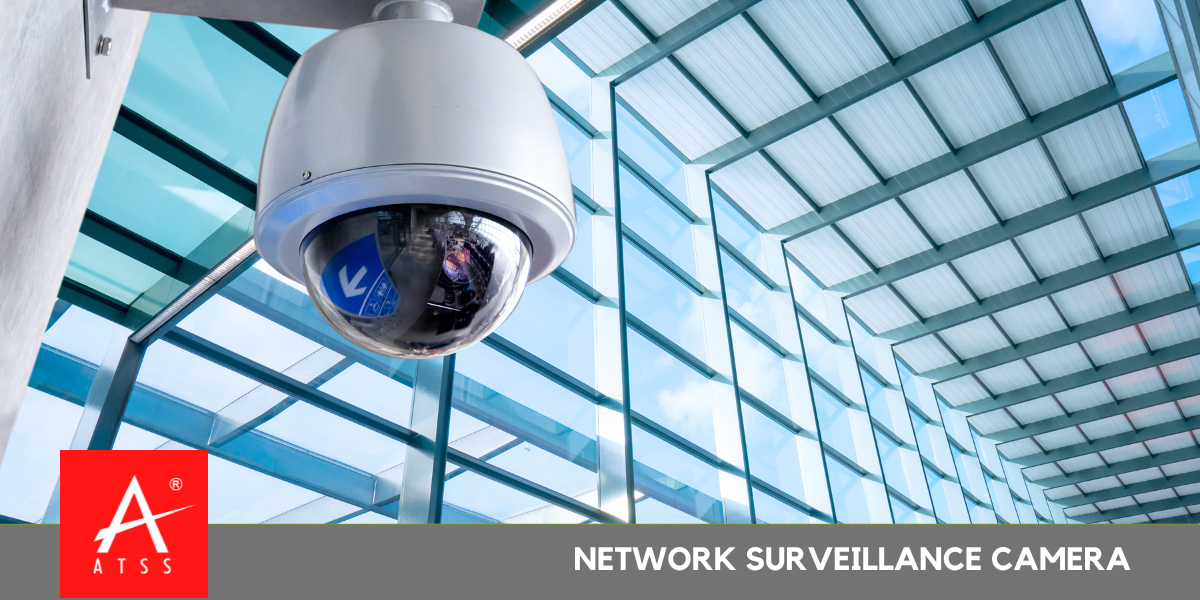Network Surveillance CCTV IP Camera – Higher Frame Rates, Bandwidth and Streaming Video
 Higher Frame Rates Enable Faster-Than-Real-Time Viewing
Higher Frame Rates Enable Faster-Than-Real-Time Viewing
Frame rate refers to the number of frames a camera can capture in a second. Human vision, in terms of real-time viewing, will equate to about 30 frames per second (fps). With current technologies, standards for frame rate have come to 720p HD (1,080 x 780 pixels) and 1,080p full HD (1,920 x 1,080 pixels) cameras capturing images at 30fps, providing users with real-time view in high definition. As technology continues to improve, the norm is now moving in the direction of 60fps at HD and megapixel resolution — faster than human Network Surveillance CCTV vision. Increased frame rates with higher resolution will be extremely beneficial in applications such as toll roads and highways, where cars travel at a high speed, so law enforcement officials are still able to snap a clear picture of the license plates of any law-violating vehicles.Sufficient Bandwidth for Smooth Transmission
Having sufficient bandwidth is extremely important for smooth streaming of videos; however, there are several factors that must be taken into account when calculating appropriate bandwidth needed for implementing an IP-based video surveillance solution system. These factors include recording resolution, number of cameras, compression type, fps, duration of recording, and if recording will be event-based or continuous. Also, compression type can be separated to MJPEG, MPEG-4, or H.264. The amount of bandwidth a video recording takes up is also dependent on the amount of motion that takes place in that environment. For instance, cameras can be configured to constant bit rate (CBR) or variable bit rate (VBR) mode. In busy settings where the scenery is constantly changing, such as bus terminals, train stations, airports, and so on, the cameras will be set to CBR.
When recorded and played in CBR mode, the video footage is very smooth, but it can only be used for applications where there is enough bandwidth to support it or the image quality will be compromised. When recorded and played in VBR mode, bit rate only increases when abnormal activities or higher-than-usual activities occur. When files go over the bandwidth allowed, it will cause footage to lag. VBR is used in applications where changes to the scenery are rare and few, such as perimeter detection.
Users must note that neither of these settings is better than the other as long as they are used in suitable applications. The normal bit rate needed for HD 720p resolution is around 4Mbps and around 8Mbps for full HD 1,080p resolution. However, large video files often take up a large amount of bandwidth, and when bandwidth runs out, that is when problems arise. Common problems include video artefacts, dropped frames, and reduced resolution when transmitting data, as well as temporary loss of connection and freezing. This is another reason why cameras with ultra-high resolution are usually used primarily for identification and not for recording. To address this issue, users must learn how to properly manage their bandwidth so that it is carrying valuable data as opposed to redundant information.
Streaming Video: One Way or Another
Current video surveillance cameras are now able to provide up to three or four streams simultaneously. Usually, if a camera offers three streams, they are usually separated into one live, one recorded, and one remote stream. Advanced cameras are able to offer up to five streams, two live, two recorded, and one remote. The main stream is usually streamed and recorded in full HD with H.264 compression in real time at 30fps. The second stream will be recorded at a slightly lower rate, around 15fps. Depending on what the CPU can offer, the resolution of remaining streams will be lowered to CIF or D1.
At its best, a camera with three streams will be able to stream and record in real time at full HD resolution for all video streams. For anything higher than three streams, the stream rate and resolution will usually decrease for each additional stream, unless the CPU is powerful enough to handle more. As remote streams are able to be accessed and viewed through mobile devices, such as smartphones and tablets, they are oftentimes affected by services provided by telecom companies. When the files being viewed remotely are too large, it will be likely to lag.
Now, network cameras are already beginning to take over the video surveillance market. In a few years, the sales of network cameras are sure to surpass those of analog cameras because this technology is proving itself to be mature and reliable, while becoming increasingly easier to install and operate. Network cameras are at a point where they are able to record in high resolution in real time in a low-light environment, while addressing extreme lighting conditions, and stream these feeds in a stable and reliable manner. These network cameras are almost able to do what the human eye can do. The only thing manufacturers can do now is aim higher.
Network surveillance CCTV, in simple terms, is a system of cameras that are connected to a computer network to monitor and record what’s happening in a specific area. These cameras can capture video and send it over the internet or a local network to be viewed and stored on a computer or other devices like smartphones.
Imagine you have security cameras in your home, and you want to keep an eye on what’s happening when you’re not there. Network surveillance CCTV lets you do this by connecting those cameras to your Wi-Fi or the internet

